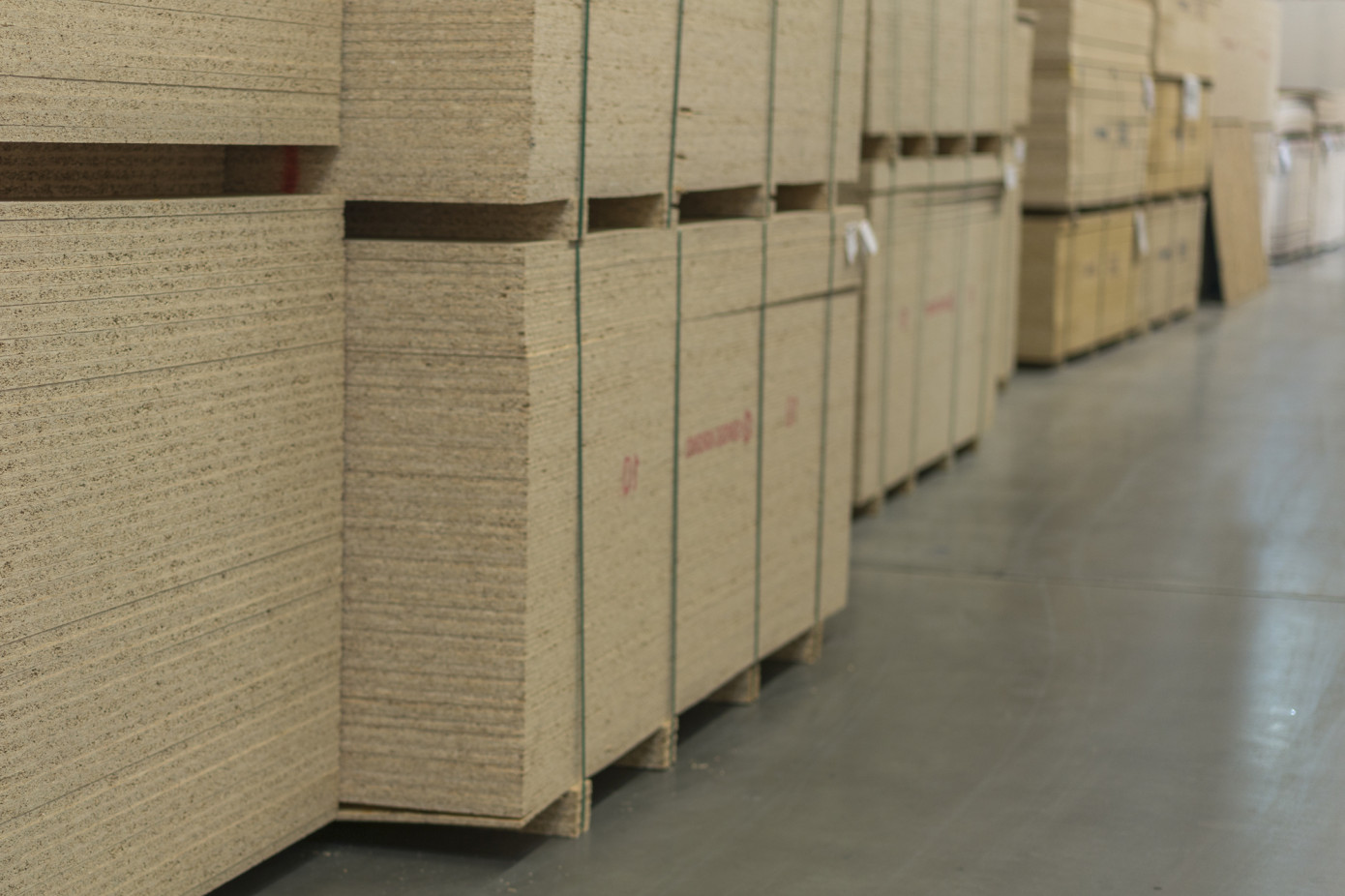Following a 2.0% decline in June, Canadian manufacturing sales increased 1.6% to $71.9 billion in July, led primarily by higher sales of food products (+3.1%), petroleum and coal products (+4.6%) and transportation equipment (+2.4%). Meanwhile, sales of paper (-4.6%) and plastics and rubber (-3.4%) products decreased the most.
Sales in constant dollars rose 0.9% in July, while the industrial product price index increased 0.4% month over month, according to the Statistics Canada.
Impacts of the port strike on manufacturing activities
Despite the gains observed for July, the port strike in British Columbia disrupted supply chains primarily on the west coast of Canada and had moderate impacts on manufacturing activities. At the national level, the port strike impacted 13.2% of manufacturing plants in July, mainly through shortages of raw material (8.8%) and disruptions in transportation (4.9%). While it is difficult to quantify the exact impact, the information indicates that sales in the paper product and chemical subsectors were impacted the most by the strike.
Manufacturing sales increased in seven provinces in July, led by Quebec (+3.5%) and Saskatchewan (+22.1%). Manitoba (-10.7%) posted the largest decline.
Sales of paper products declined 4.6% to $2.6 billion in July, the lowest level since December 2021. More than half of paper product manufacturers in British Columbia were impacted by the port strike in July 2023, contributing to the decline.
Sales of wood products increased by 1.9% to $3.0 billion month-to-month in July. Sales of furniture and related products down 3% to $1.3 billion in July compared to June 2023.
Total inventories decrease
Total inventory levels declined 0.7% to $122.4 billion in July, on lower raw materials (-1.6%) and goods in process (-0.9%), while finished products (+0.7%) increased slightly. Inventories of chemicals contributed the most to the decline, down 4.7% month over month in July.
The inventory-to-sales ratio decreased from 1.74 in June to 1.70 in July. This ratio measures the time, in months, that would be required to exhaust inventories if sales were to remain at their current level.
Unfilled orders decline
The total value of unfilled orders declined 1.0% to $103.3 billion in July, primarily driven by lower unfilled orders of computer and electronic products (-2.7%) and aerospace products and parts (-0.5%).
Capacity utilization rate decreases
The capacity utilization rate (not seasonally adjusted) for the total manufacturing sector fell from 80.8% in June to 77.6% in July, on lower production. The decline in capacity utilization rates was most noticeable in the wood product (-9.8 percentage points), transportation equipment (-7.5 percentage points) and machinery (-7.2 percentage points) subsectors.
